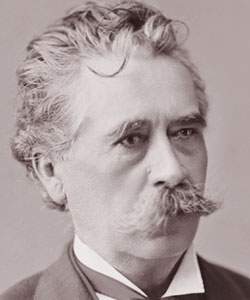John Hancock (Congressional Biographical Directory)
Reference
HANCOCK, John, a Representative from Texas; born near Bellefonte, Jackson County, Ala., October 24, 1824; attended the public schools and the University of Tennessee at Knoxville; studied law; was admitted to the bar in 1846; settled in Austin, Tex., in 1847 and practiced his profession there until August 1851; served as judge of the second judicial district of Texas from 1851 to 1855, when he resigned; resumed the practice of law and engaged in planting and stock raising; member of the State house of representatives in 1860 and 1861; refused to take the oath of allegiance to the Confederate States and was expelled from the legislature; took up his residence in the North until the conclusion of the war, when he returned to Texas; member of the State constitutional convention in 1866; elected as a Democrat to the Forty-second, Forty-third, and Forty-fourth Congresses (March 4, 1871-March 3, 1877); unsuccessful candidate for renomination; elected to the Forty-eighth Congress (March 4, 1883-March 3, 1885); was not a candidate for renomination; resumed the practice of law; died in Austin, Tex., July 19, 1893; interment in Oakwood Cemetery.
"Hancock, John," Biographical Directory of the United States Congress, 1774 to Present, http://bioguide.congress.gov/scripts/biodisplay.pl?index=H000150.
John Hancock (American National Biography)
Scholarship
In 1860 [John] Hancock was elected to the Texas House of Representatives. A Unionist fiercely opposed to secession, he was expelled from the state legislature in 1861 for his refusal to take the oath of allegiance to the Confederacy when Texas left the Union. Hancock thereupon continued his law practice. Dressed in a frock coat and tall hat, his appearance suited a successful lawyer who had become familiar with the land laws of Texas. In 1864 he defended four men arrested as Unionists. After securing their release and declining to fight in the Civil War, Hancock fled to Mexico and subsequently to Kentucky and New York to avoid conscription and to await the end of the war. Following General Robert E. Lee's surrender and the conclusion of the conflict in 1865, Hancock returned to Texas, where he took an active role in Reconstruction.
Leonard Schlup, "Hancock, John," American National Biography Online, February 2000, http://www.anb.org/articles/04/04-00463.html.




